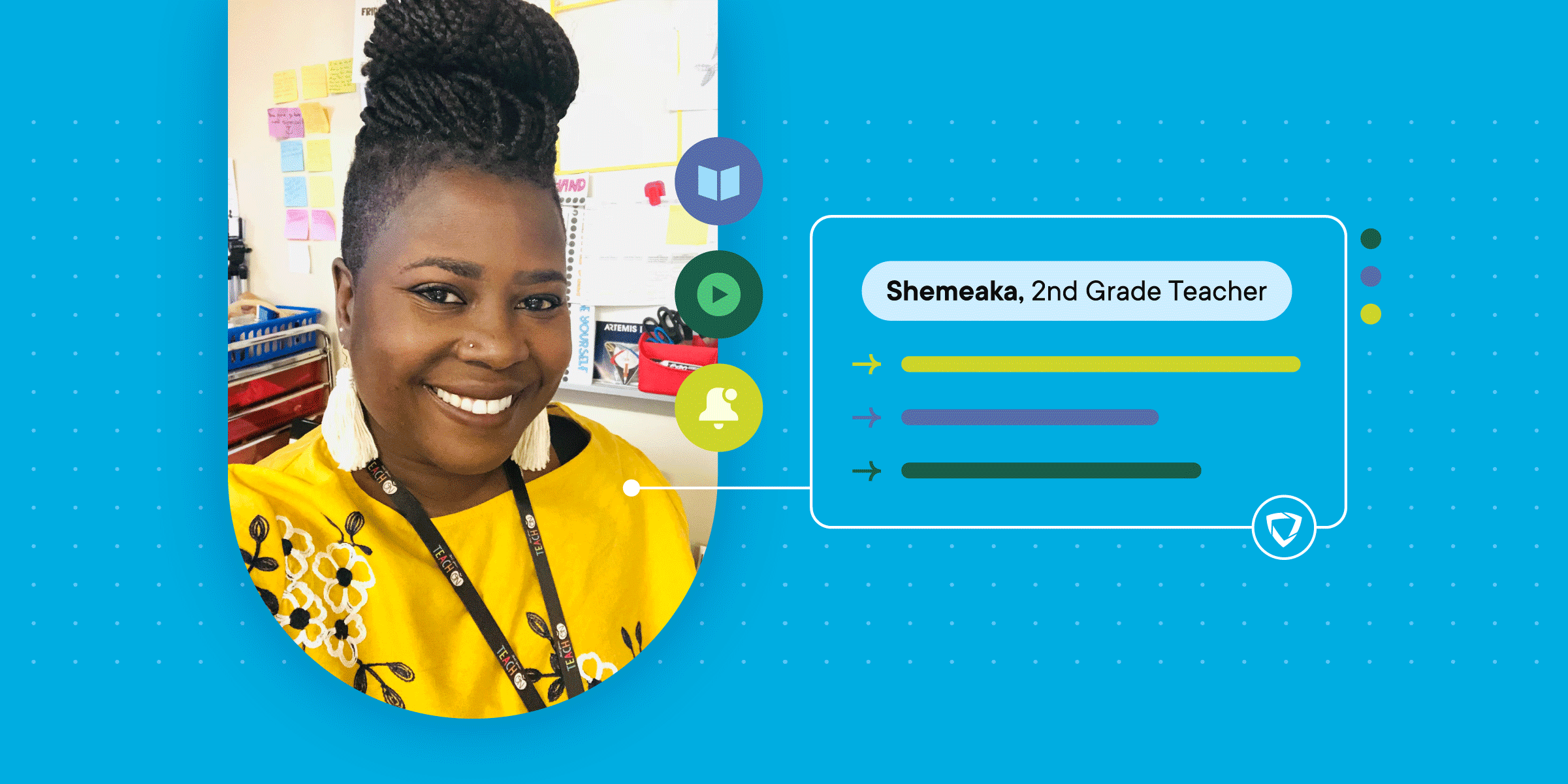
Education has been in the world of personalized learning for quite some time through the use of 1:1 devices. Within these 1:1 programs, remote learning recently brought many schools into a new realm of technology — one that will continue into this upcoming school year and years beyond. The world of digital learning utilizes technology in a way that is unlike before, and we educators have become captains on uncharted waters.
Educators are known for their ability to navigate changing tides and rough seas, as a school day is rarely considered predictable (isn’t that usually the case when working with children?). Technology is often the same way, and this feeling of unrest is exasperated when each student has their own device in front of them — open to the online world. With new doors opened for educators and their students, there is beauty in this unrest!
Making the Transition Manageable
As an instructional coach, I am tasked with making this transition manageable, easier, and powerful. The level of discomfort is present and expected when asking teachers or anyone to try something new, especially when it’s asking teachers to use technology for the sacred task of direct instruction.
In these pivotal moments, I have found that the only solution is to dive in. We will always encounter problems, things won’t work, passwords will expire, devices won’t sync, and this list continues of the challenges we will face in the world of technology. Therein lies the need for finding a level of comfort and expectation in these issues. We have the choice to ride the wave of these changes and challenges or to fight the crashing waves.
The moment came when I found that I must learn to find comfort in the discomfort of technology in the classroom. The repeating mental mantra of “this might not work, and that’s ok!” became my mindset. We must resonate in the fact that sometimes the tools we choose and the lesson we plan simply might not work. We teach our students to have a growth mindset and to focus on the power of “yet” and to “fail forward” when they are struggling to master a concept. For example, students learn that it’s okay to make mistakes and that if they don’t get something the first time, we encourage them to try again. As educators and role models in the classroom, we must exhibit this trait and model this ourselves while diving into using technology.
Finding Solutions for Troubleshooting
The notion of organized chaos is often what comes to mind when entering a first-grade classroom, especially a classroom with all students privy to devices. I use the word privy because it is a privilege to be faced with the challenge of using devices in the classroom, and this again is a place where we must resonate in the discomfort of this new setting. The comfort in the discomfort comes from finding solutions that serve as medications to our symptomatic pains of troubleshooting devices, lack of resources aligning to our needs, or students understanding what we want them to do in our technology-based lesson.
What are these solutions? Well, they tend to be time-consuming, which is the bane of most educators’ existence. Rely on your resources!
Solution 1:
Find your techxpert. Who is the student in the classroom that is always able to troubleshoot a device and find the reason a website isn’t working? These students become your other limb that you rely upon when working with students or assigning a substitute in the classroom. Most of the time, these students will have the skill set and knowledge to fix the problem.
Solution 2:
Create a SWAT team for your school: Students Working to Assist with Technology team. The team can be made up of students from various grade levels and should require an application process that brings a level of professionalism to the team. A SWAT leader is needed to meet with the students weekly, daily, or as often as necessary to meet the needs of the school. The team serves as another level of support for the school while building capacity within the students as future tech leaders.
Solution 3:
Use your resources! Google, YouTube, and many other resources online serve as tools to problem-solve most tech issues or challenges. If you have support in your building, that’s great, but there are many resources available that don’t involve using a human. The internet serves as a one-stop shop for most answers in regards to troubleshooting or difficulties when using a new application or device. Use the internet to solve your tech troubles!
By finding the comfort in the discomfort of teaching with technology, we become teachers who teach to meet the needs of our current 21st century learners. We ask our students to persevere and to push forward when learning is tough. We as educators must do the same, especially when charged with using technology in the classroom.









